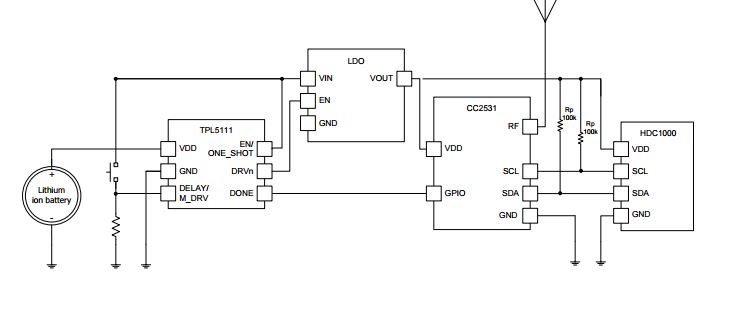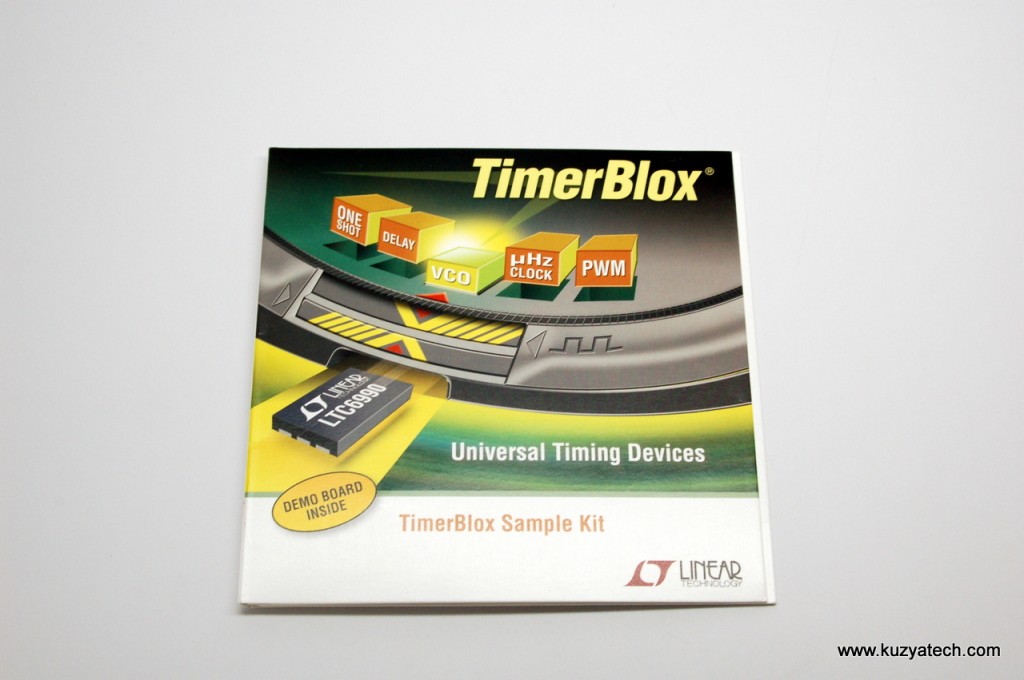Stumbled on this interesting part from TI recently
TPL5111 solves a typical problem in low power wireless systems- things need to be off most of the time, and wake up periodically to transmit. The usual solution is to pick a microcontroller that can stay asleep in low power mode at a few uA, then wake up on RTC timer. That works most of the time, but sometimes even that is too much standby power. Imagine a system for example that has to work from a small coin cell for 5-10 years. Each uA of sleep current is an 8mAh a year. So in 10 years, 80mAh is wasted. (A typical CR2032 battery for example starts with only 220mAh)
TI’s solution is a timer that can stay on while drawing 35nA. Once set with a single resistor for a particular time interval, between 100ms and 2 hours, it turns power on to the system, waits to hear back from the micro via “done” pin and then turns things back off. TI even provides a handy table of resistor values vs timer settings. Not bad for $0.45@1k, plus there are many other scenarios such an almost zero power scheduler may be handy.



